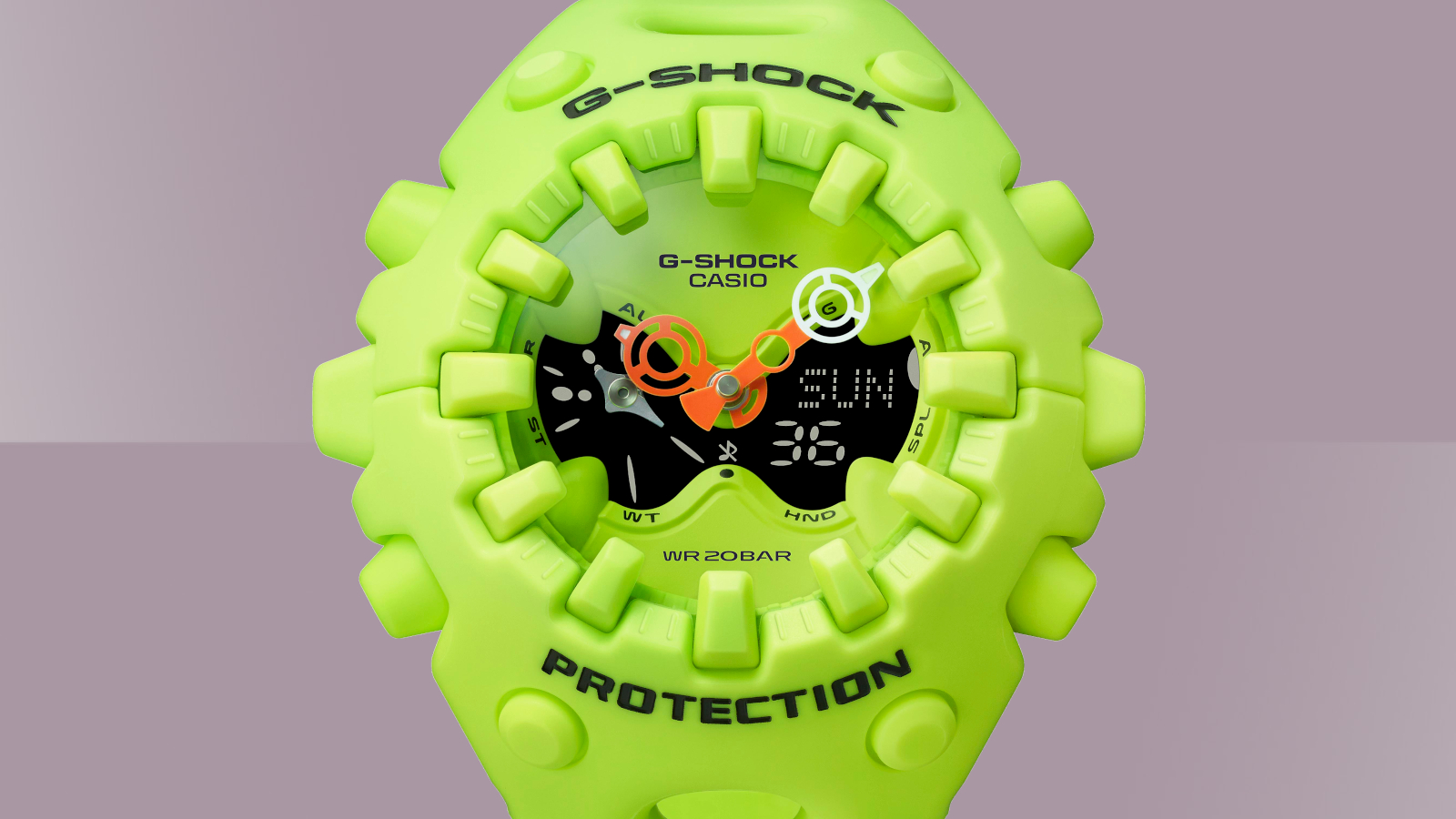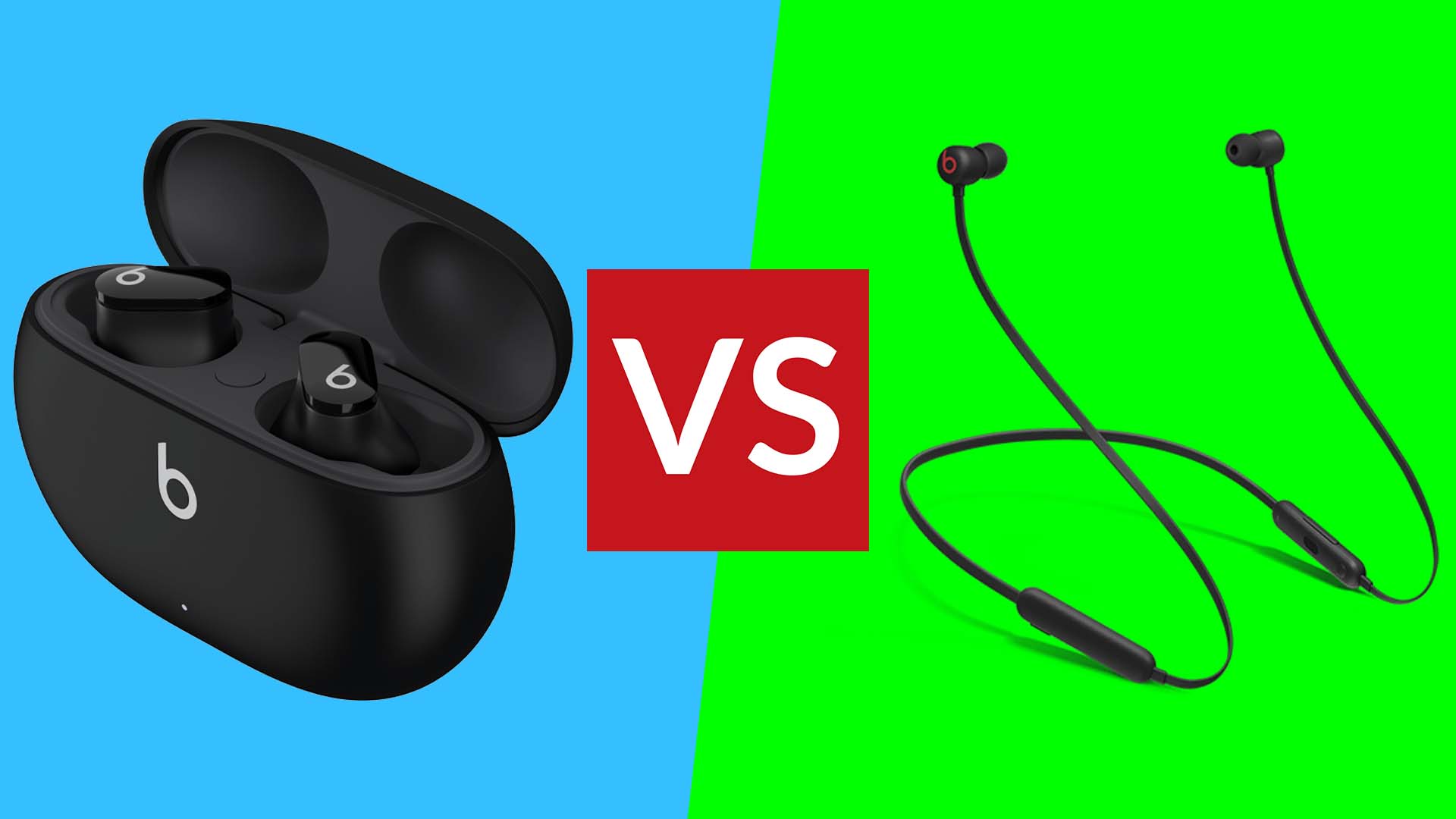

So you’ve looked for the best Beats headphones and decided that you want to go for an in-ear option but, of course, given Beats’ sheer number of models, you’ve still got some decisions to make. The Beats Studio Buds are high on our list of the best true wireless earbuds for a very good reason. They’re sitting at a smart price point, play well with both Apple and Android phones, and they’ve even got excellent noise cancelling.
But this doesn’t mean you should dismiss the Beats Flex. These are significantly less painful on your wallet and have plenty going for them too. They’re a little more Apple friendly with their Apple specific chip, but there are lots of reasons to love these wireless connected buds. As much of a misnomer that sounds, this just means the buds are connected to one another and not to your device.
So which should you choose? Here we’ll break down the pros and cons of each bud, with some comparisons across the board too.
You’ll find the lowest prices here on this page as they’ll be automatically updated but we also have a standalone best Beats deals page so you can see all the prices across the full range. Definitely one to bookmark.
Beats Studio Buds vs Beats Flex: Price
If budget is the most important factor for you, then your choice of the Beats Studio Buds or Beats Flex might be an easy one. The Beats Studio Buds have an official price of $149.99/£129.99/AU$199.99. This puts them squarely in the mid-range, and enables them to fit in features such as active noise-cancelling.
The Beats Flex are much cheaper, though. These buds sell for an impressive $39/£50/AU$69.99 which puts them firmly in budget territory. Unsurprisingly, these are the cheapest wireless buds in Beats’ range. But, as you will find out below, that doesn’t mean that these skimp on features. There are few other headphones in the same budget range that can compete with this range of functionality for iPhone (they're not as smart on Android, though work perfectly).
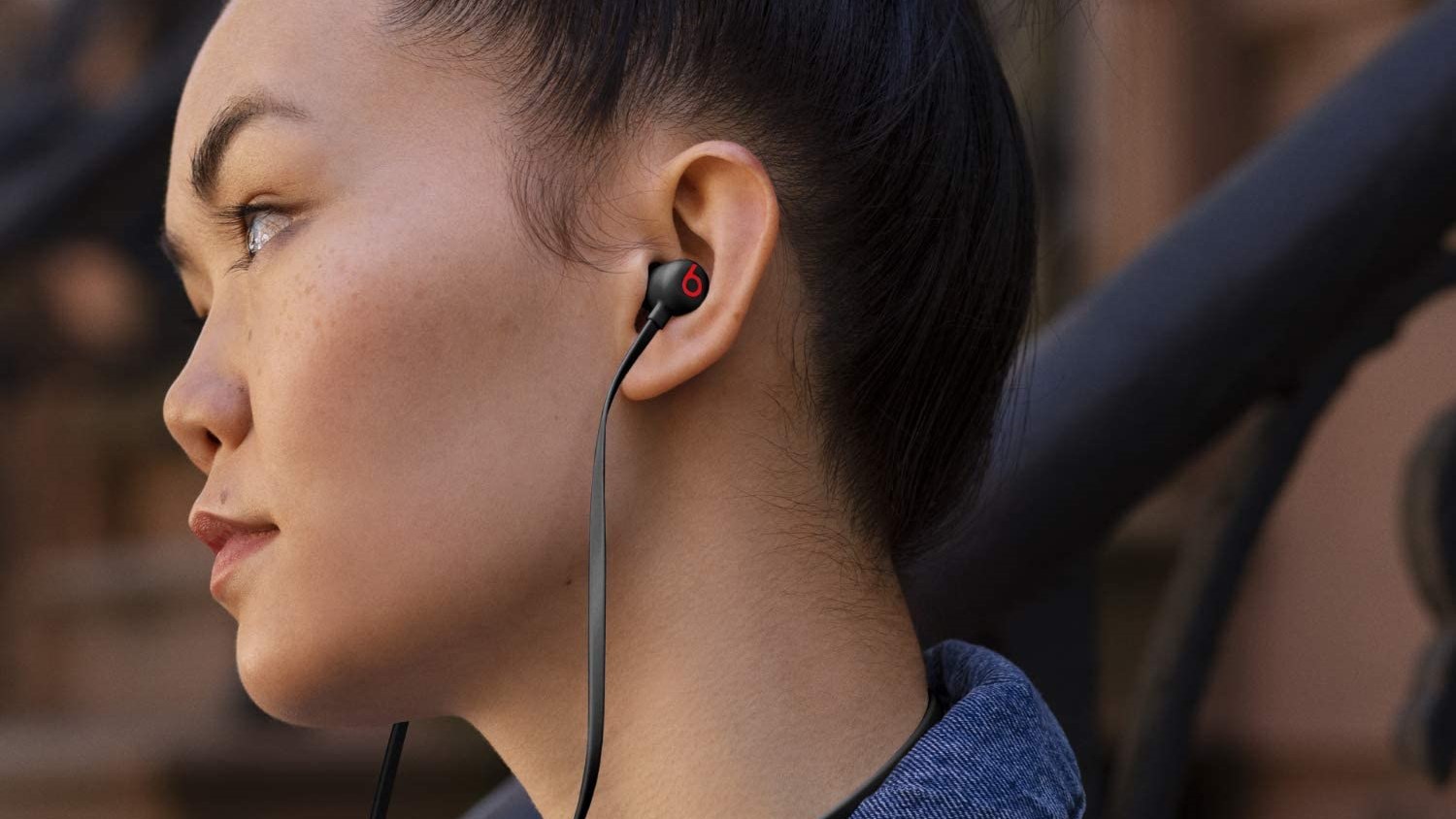
Beats Studio Buds vs Beats Flex: Design and battery life
While both the Beats Studio Buds and Beats Flex can be described as wireless earbuds, only the Beats Studio Buds can claim the 'true wireless' title. That’s because despite no wire trailing between the Beats Flex and your phone, there’s a cable that goes around the back of your neck and keeps both buds connected.
Sign up to the T3 newsletter for smarter living straight to your inbox
Get all the latest news, reviews, deals and buying guides on gorgeous tech, home and active products from the T3 experts
Whether you see this as a better option or not is very much down to personal preference. If you like the idea of quickly taking a bud out to have a chat and not worry about losing it, then the Beats Flex option is a simpler experience, and they will even smartly pause your music when removed.
The Beats Flex cable also has handy inline controls on both sides and a microphone for taking calls so there’s no drop in functionality. The earbuds are also magnetic so will snap together when you take them out of your ears.
On the other hand, if want that true wireless convenience, or if you’ve got long hair and don’t want more tangles than strictly necessary – something that can happen with the Flex’s overly long cable – a true wireless option will be best for you.
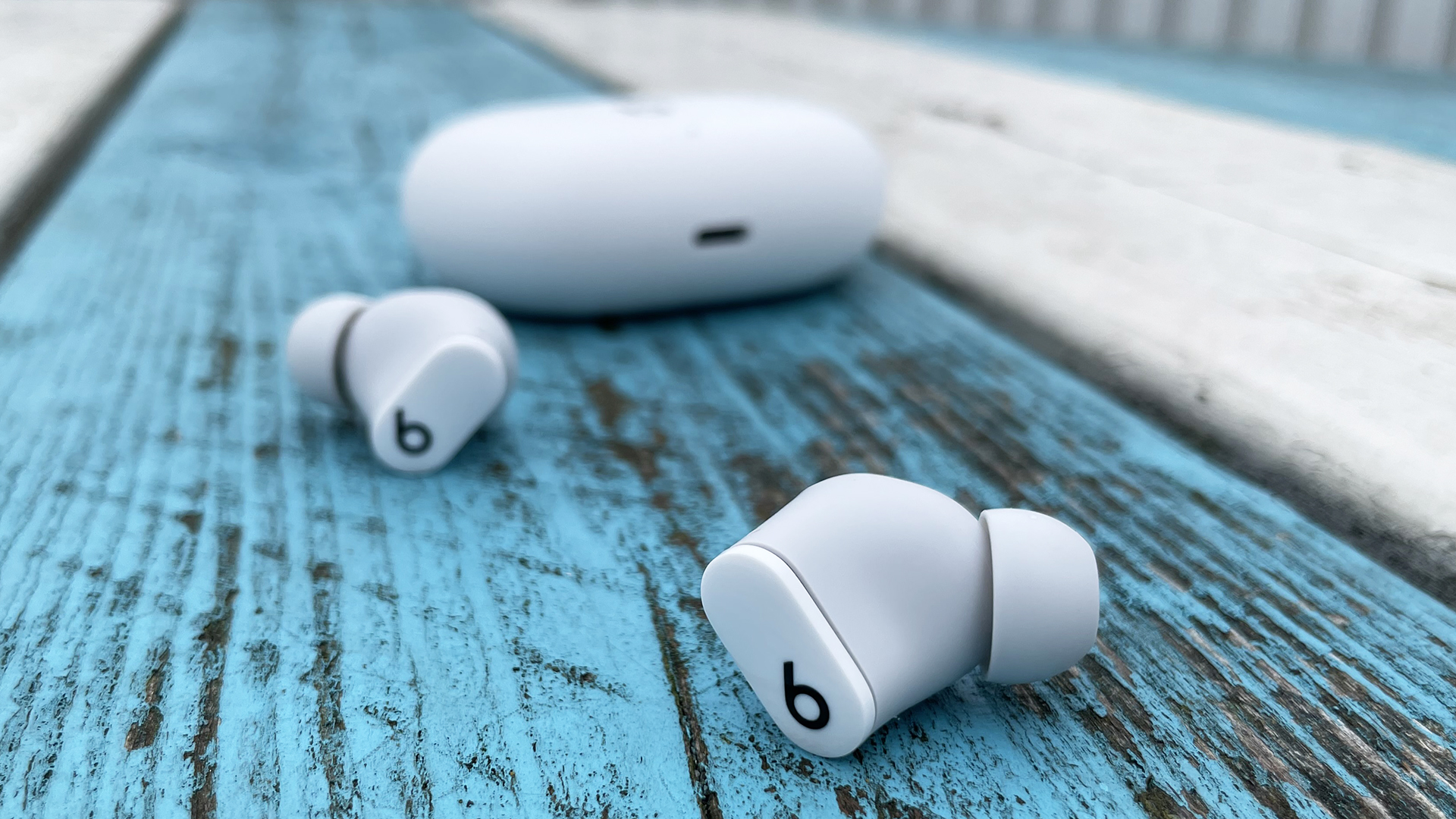
The Beats Studio Buds are a little bigger than the Flex earbuds but have a slickly minimalist ergonomic design. Take them out of their colour-matched case and you’ll have a choice of three different silicone tips to find just the right fit. As we said in our Beats Studio Buds review, the design means that, unlike the Flex, the waterproof functionality means these are ideal for exercise: “As far as comfort goes, other than a slight bulkiness, they fit extremely well. They stay in place solidly in the gym through strenuous workouts, as well as long hikes. It should be noted they have an IPX4 rating, so sweat will have no effect on their performance.”
When it comes to battery life, the big difference here is that the Beats Flex don’t come with a snug little case, so you have to rely on making sure you remember to charge the earbuds. You’ll get 12 hours of music on one charge which isn’t too bad and, thanks to Beats Fast Fuel feature, a 10-minute charge will give you an hour and half of music so there shouldn’t be too many music free woes on your commute.
On the other hand, how much charge you’ll get with the Beats Studio Buds depends on how you use them. Each earbud will deliver five hours of music with active noise-cancelling on and eight with it off. The case has two further charges inside so you’re looking at 15 hours of music with ANC on and 24 with it off. This total is a little lower than most of the competition, with Apple AirPods Pro giving 24 hours from the case, for example.
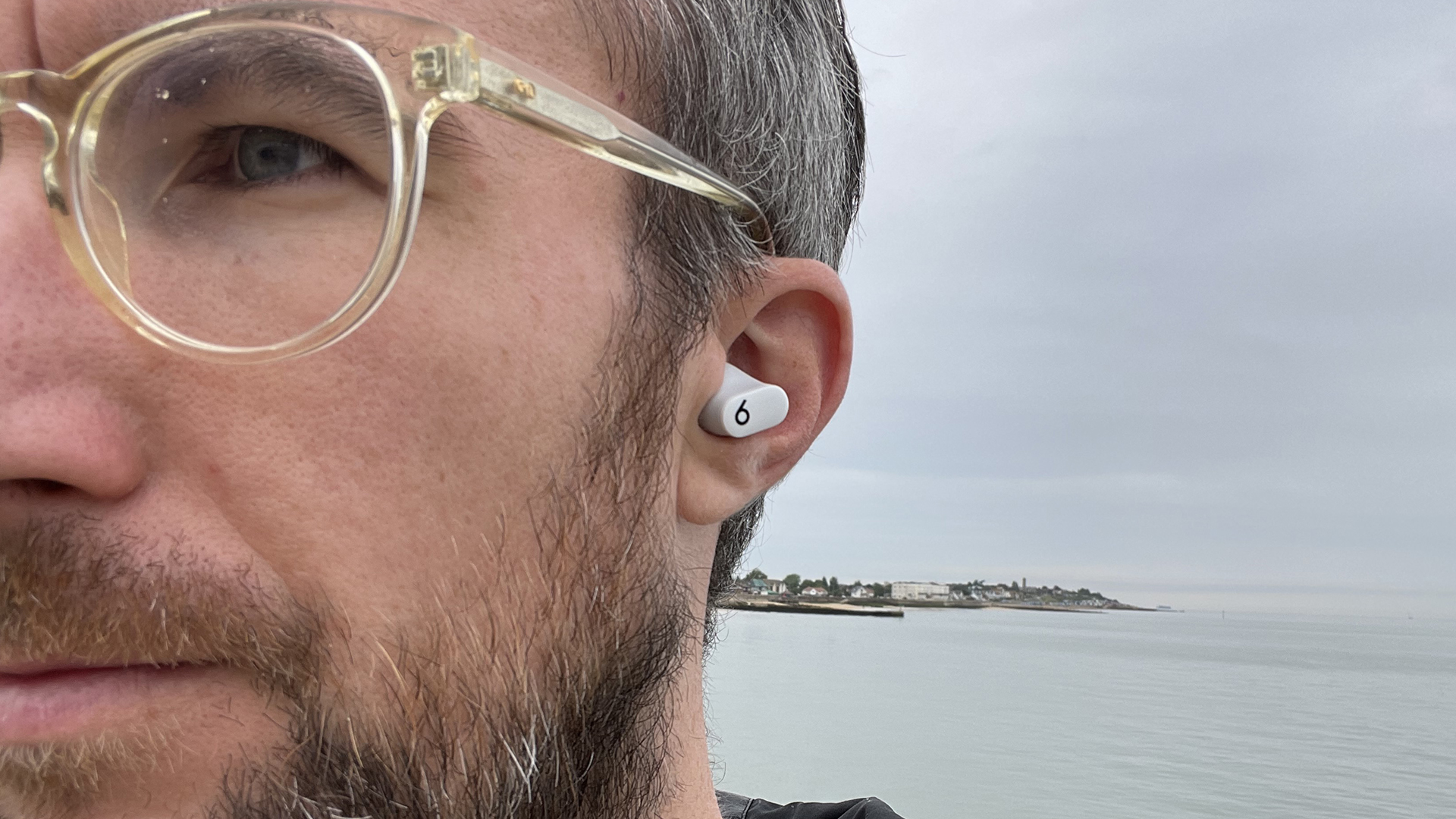
Beats Studio Buds vs Beats Flex: Features & sound quality
One of the most exciting functions of the Beats Studio Buds is the fact that they have extra smart features for both iPhone and Android. The Find My function works just as well on Google-based phones as it does on iPhone. The Studio Buds also come with Fast Pair for both Apple and Android too, which makes pairing the Studio Buds a speedy joy. You can’t pair with more than one device at once for fast switching, though, which is a little bit of a disappointment.
Unlike the Studio Buds, the Beats Flex aren’t as kind to Android owners. A specific Apple chip means that both Find My and Fast Pair are only for iPhone users, making these a little less feature rich if you’re rocking one of the best Android phones. They work like any other Bluetooth buds, at least.
If you have an Apple device though, this really boosts the feature set of what is essentially a very affordable set of wireless earbuds. Using Audio Share to send music to other Beats or AirPods is a nice touch too.
When it comes to audio quality, the big sell of the Beats Studio Buds is the fact that they have active noise cancelling and a transparency mode to bring the world back into audio focus when you need to concentrate a little more on what’s around you. The ANC is impressive for the price, and does a good job of silencing the majority of the world.
And the Beats Studio Buds are solid on sound quality overall. As we said in our review “The highs and mids are well balanced, so you’re able to hear everything clearly. The highs are detailed without being too bright and the mids are rich enough that you won’t feel like anything is missing.”
As expected, there’s no ANC present in the Beats Flex, but a comfortable fit means that there’s a good seal in your ear canal for natural audio blocking. It’s difficult to compare these to any of the other Beats due to their budget price point but as we said in our Beats Flex review: “The sound focuses on the high-end and low end while ignoring the mids, which can make some tracks sound a little empty. Because they sit inside your ear canal, they do isolate noise well though which means you can focus on the music without any distractions.”
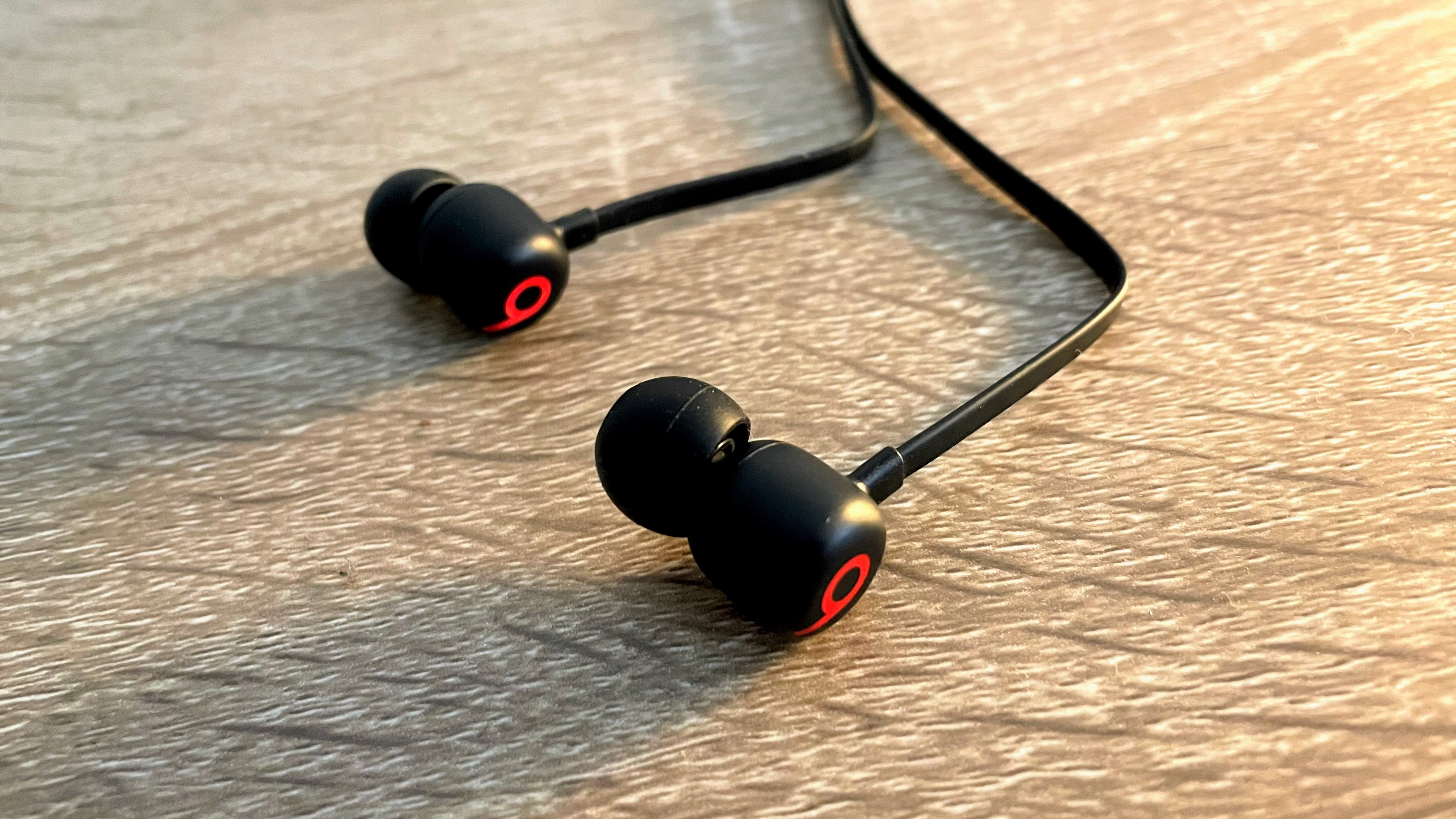
Beats Studio Buds vs Beats Flex: Verdict
If you’re got the money to spend on the Beats Studio Buds, you’ll get good audio and impressive ANC for both Android and iPhone. The battery life isn’t much to write home about, but the Studio Buds have a great combination of features for a competitive price.
The Beats Flex on the other hand definitely shouldn’t be ruled out if you’re just looking for a cheaper set of headphones for the commute. The impressive Apple features at this price point make them a feature-rich set of buds for iPhone users. A lack of waterproofing means they’re not for the gym but they’re perfect for everyday use if you’re on a strict budget.
Louise Blain is a journalist and broadcaster specialising in technology, gaming, and entertainment. She has a weekly consumer tech slot on BBC Radio Scotland and is the presenter of BBC Radio 3's monthly Sound of Gaming show. She can also regularly be found on BBC Radio 4, BBC Five Live, and The Evolution of Horror podcast as well as writing for GamesRadar and NME. Louise loves finding ways that tech can make our lives better every day and no, she doesn't have enough smart lighting yet.
-
 DJI Avata vs DJI Mavic 3 drones: the key differences
DJI Avata vs DJI Mavic 3 drones: the key differencesThe DJI Avata and DJI Mavic 3 are two superb drones and produce ace video content but which one is for you?
By Derek Adams
-
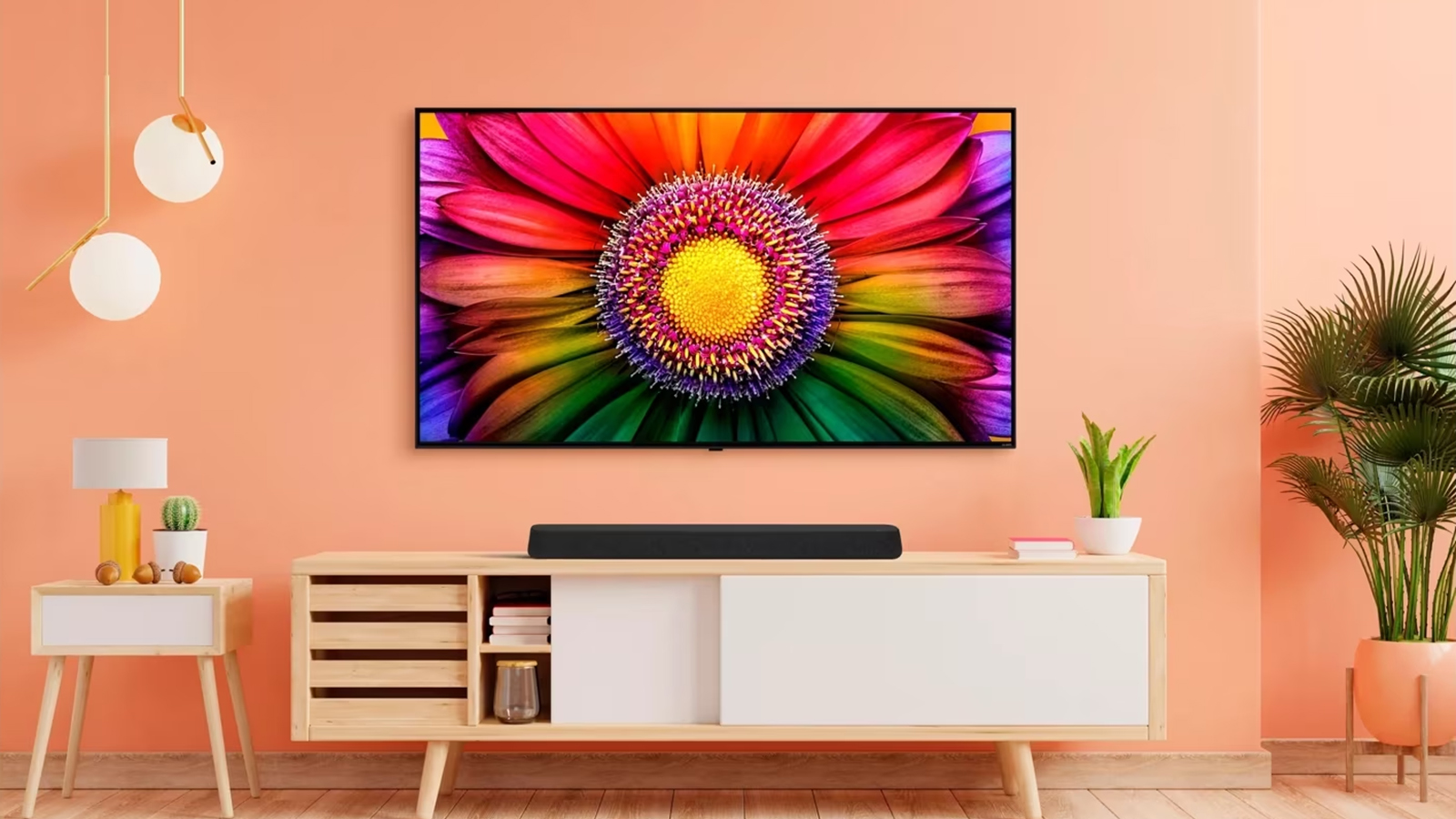 Best soundbars for LG TVs 2025: Upgrade your LG TV's sound
Best soundbars for LG TVs 2025: Upgrade your LG TV's soundLG TVs can benefit from particular soundbar pairings. Here are the best – as reviewed, rated and ranked
By Mike Lowe
-
 Online photo printing vs home printing: which is right for you?
Online photo printing vs home printing: which is right for you?Want to print your photos but don't know where to start? We're here to help you decide…
By Gavin Stoker
-
 How can I print high-quality photos at home?
How can I print high-quality photos at home?Want to print high-quality photos at home? Here's how!
By Gavin Stoker
-
 Autel Evo Nano drone review: this sensational mini drone is coming for DJI's crown
Autel Evo Nano drone review: this sensational mini drone is coming for DJI's crownThe new Autel Evo Nano drone weighs less than 250g and shoots sharp-as-a-tack 4K video and exquisite 48 megapixel stills. Here's our review
By Derek Adams
-
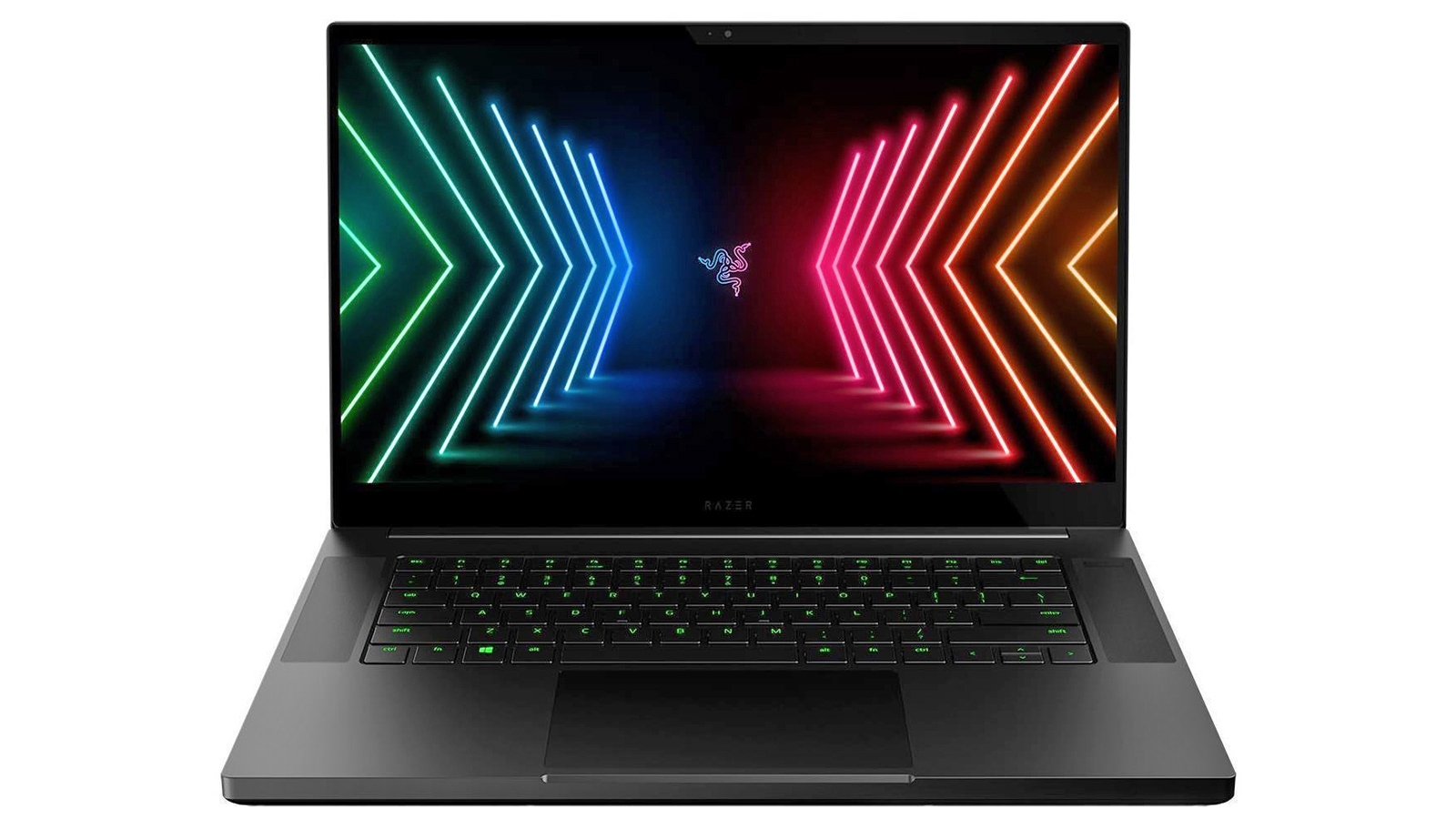 Should I buy the Razer Blade 15?
Should I buy the Razer Blade 15?Another top-tier gaming laptop from Razer – but is it right for you?
By David Nield
-
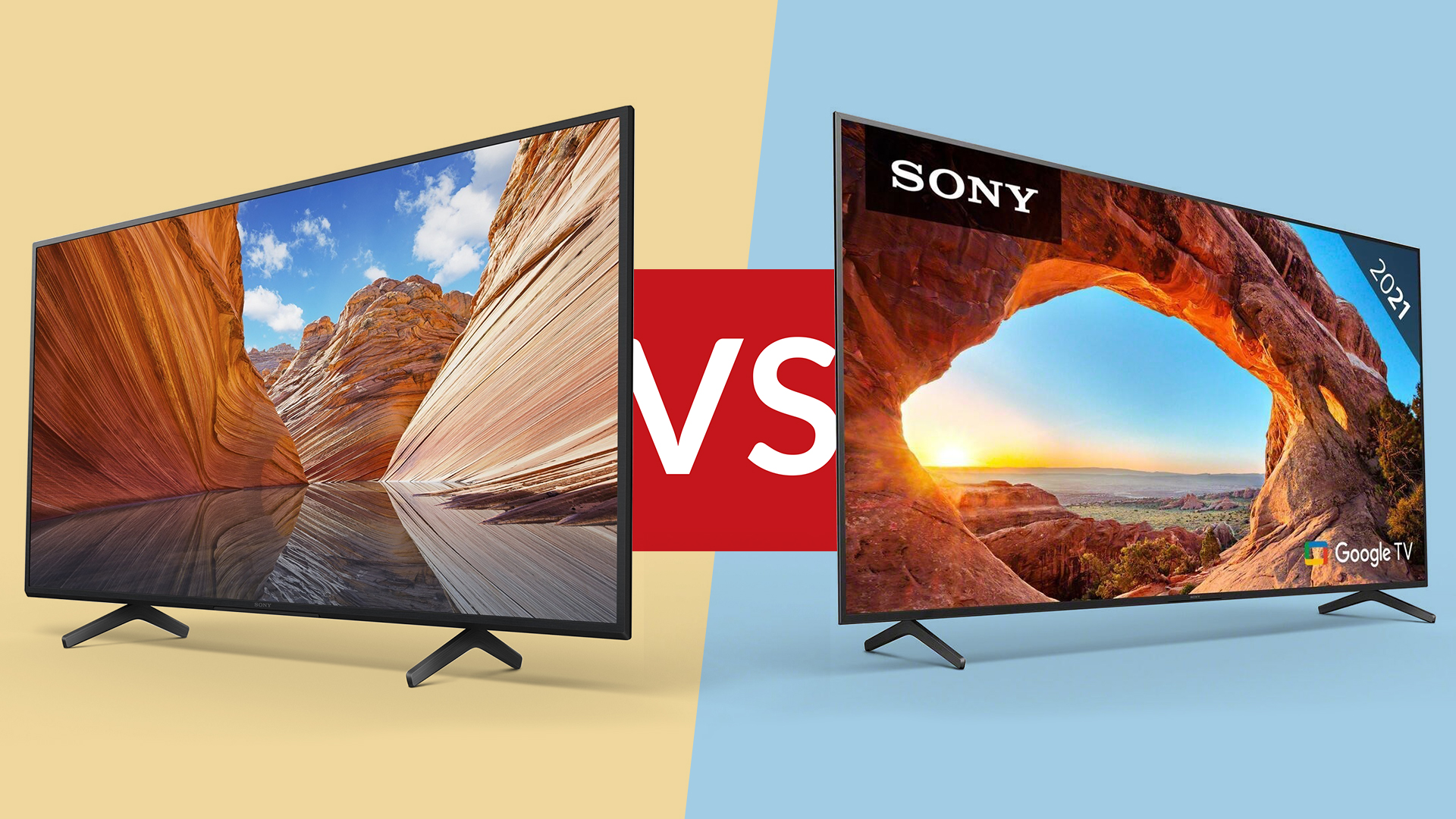 Sony X80J vs Sony X85J: the differences in Sony's affordable 4K TVs explained
Sony X80J vs Sony X85J: the differences in Sony's affordable 4K TVs explainedWe compare the Sony X80J vs Sony X85J so you can see which mid-range 4K TV is the best buy for you
By Esat Dedezade
-
 Should I buy the Acer Chromebook 515?
Should I buy the Acer Chromebook 515?Should this Chromebook be your next buy?
By David Nield

